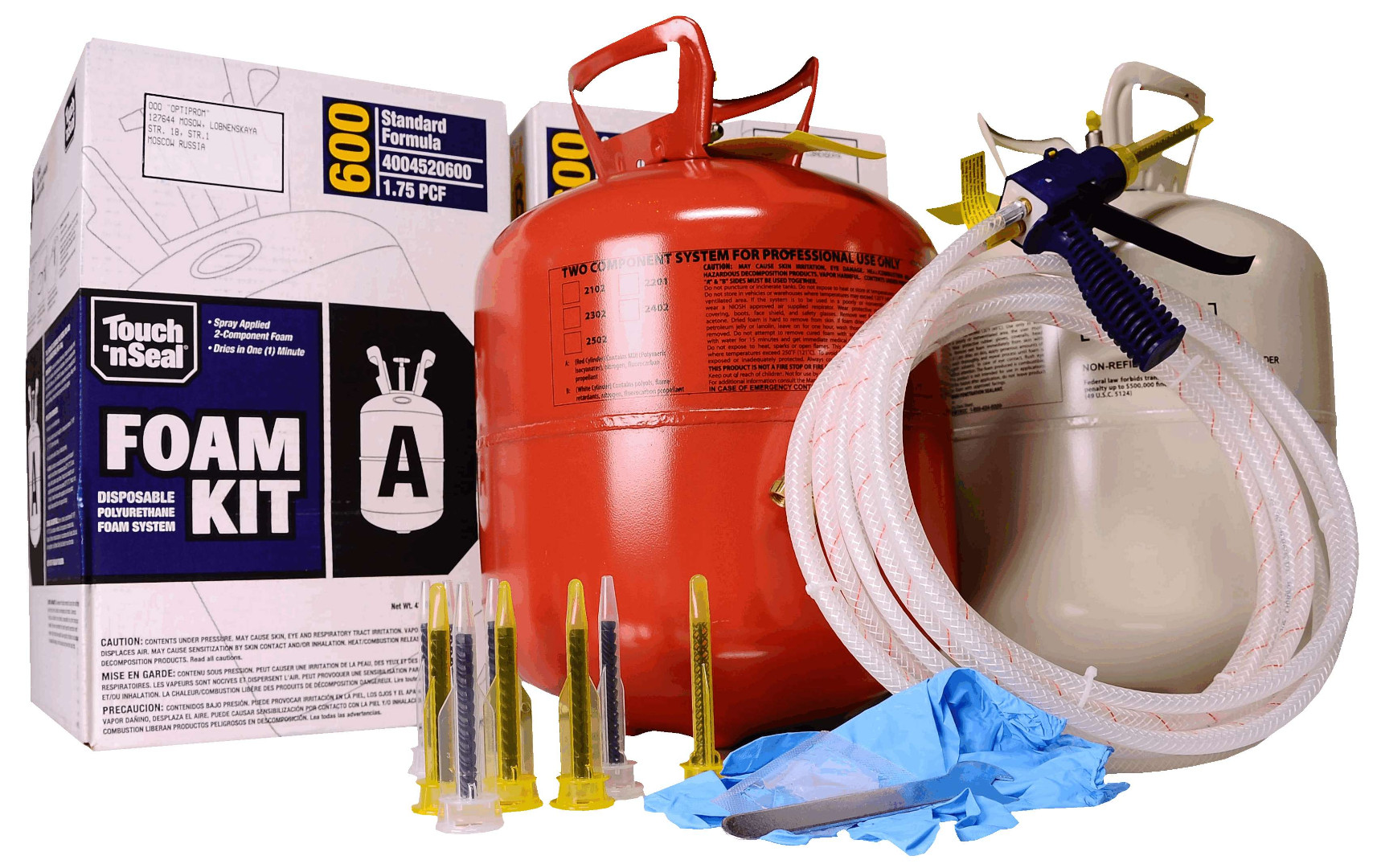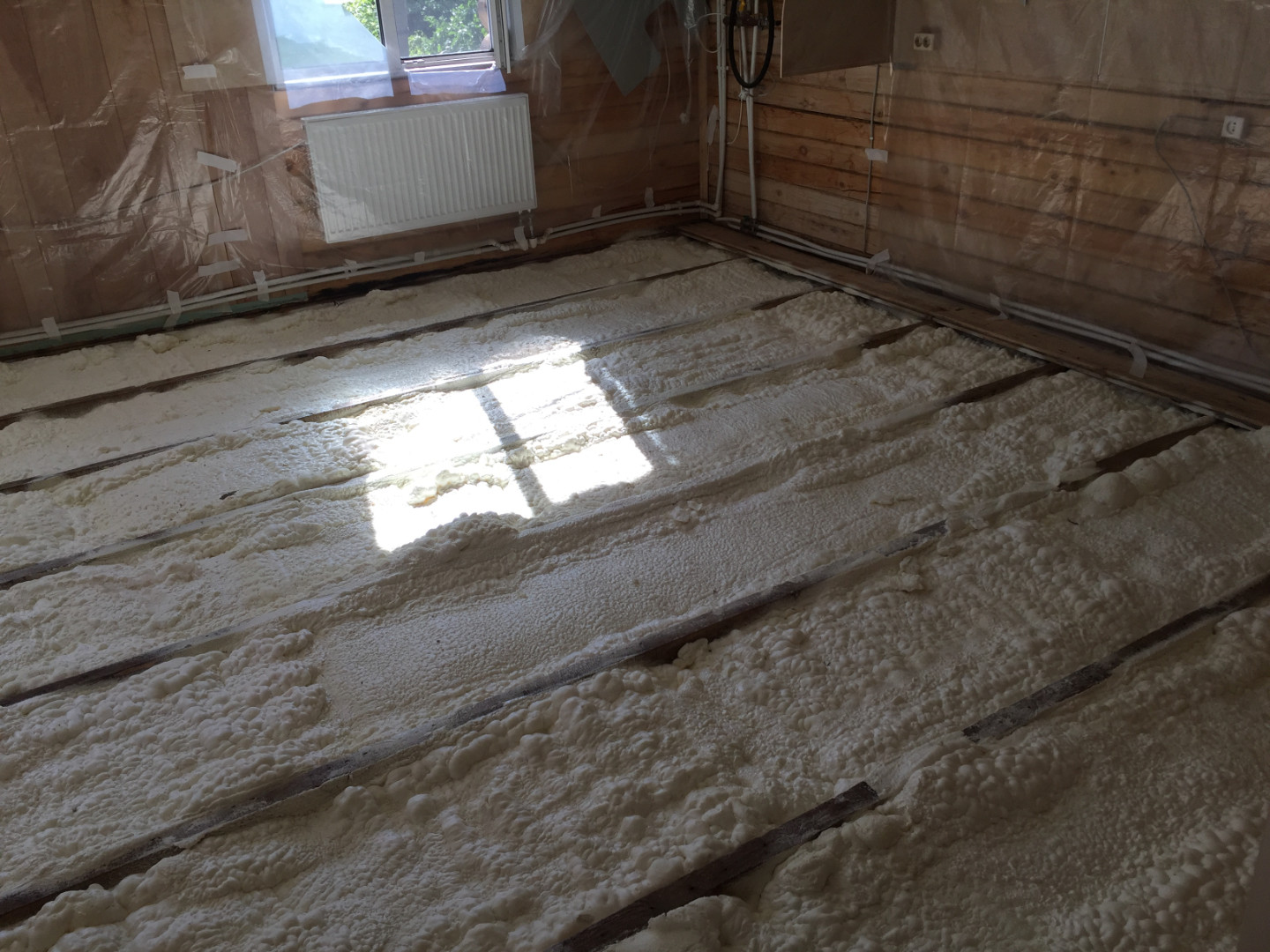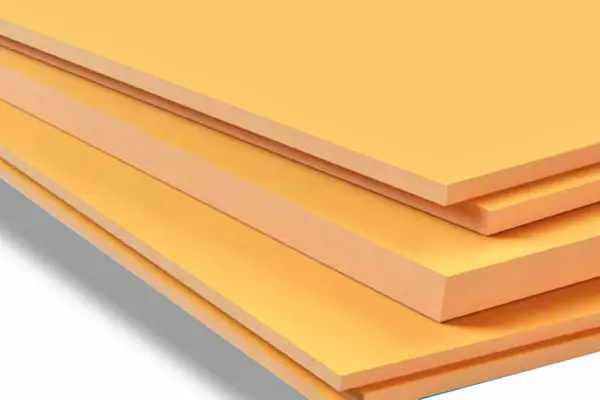Is it really possible to insulate a floor in one day? Modern technologies make this feasible with proper work organization. Express floor insulation becomes a reality thanks to efficient materials and methods that allow completing DIY floor insulation in a day without sacrificing quality. It’s worth noting that choosing the right technology can save up to $500 on materials and labor.
The statistics are impressive. Heat loss through the floor accounts for up to 15% of a home’s total heat loss. The energy efficiency of modern insulators can reduce heating costs by 8-12% annually — an investment in your own comfort.
“In my experience with private clients, I often notice that homeowners are surprised to learn that floor insulation can be completed in one working day. The key is proper preparation and choosing the right technology.” — Mikhail Sokolov, construction engineer
Express Floor Insulation Materials: Speed Without Compromise
.jpg) Which floor insulation materials provide maximum installation speed? The rapid insulation technology relies on specialized materials with enhanced properties. In a recent project, we tested all popular options.
Which floor insulation materials provide maximum installation speed? The rapid insulation technology relies on specialized materials with enhanced properties. In a recent project, we tested all popular options.
Spray polyurethane foam (PUF) leads in installation speed. In a past season, we completed the full insulation cycle for 100 m² in 8 hours, including surface preparation and protective layers. Extruded polystyrene foam (XPS) also delivers excellent results. The variety of insulation types allows choosing the optimal solution for each project, considering the building’s structural features. Cellulose insulation takes more time but remains an eco-friendly choice.
| Material | Full Work Cycle (100 m²) | Thermal Conductivity (Operational) | Floor Insulation Cost ($) |
|---|---|---|---|
| Spray PUF | 8-10 hours | 0.030-0.035 W/m·K | 800-1200 |
| XPS Boards | 10-12 hours | 0.035-0.040 W/m·K | 600-900 |
| PIR Boards | 12-14 hours | 0.025-0.030 W/m·K | 1000-1400 |
| Mineral Wool | 14-16 hours | 0.045-0.055 W/m·K | 400-700 |
This table reflects real time expenditures, accounting for all work stages. The decision to buy floor insulation depends on the specific conditions of the site. Conclusion: for tight schedules, PUF and XPS are optimal, but consider installation conditions and vapor barrier requirements.
Key material selection limitations:
| Material | Min. Indoor Temperature | Max. Substrate Humidity | Vapor Barrier |
|---|---|---|---|
| Spray PUF | +10°C | Up to 8% | Not Required |
| XPS Boards | +5°C | Not Critical | Joint Sealing |
| Mineral Wool | 0°C | No More Than 3% | Mandatory on Both Sides |
Adhering to these conditions is critical for insulation durability and preventing future issues.
Tools and Materials: Checklist for One-Day Insulation
 Successful one-day insulation starts with proper preparation. The basic kit includes a builder’s level, tape measure, sharp knife, and personal protective equipment (respirator, gloves, safety goggles). For spray materials, specialized equipment is required, typically provided by the contractor.
Successful one-day insulation starts with proper preparation. The basic kit includes a builder’s level, tape measure, sharp knife, and personal protective equipment (respirator, gloves, safety goggles). For spray materials, specialized equipment is required, typically provided by the contractor.
The calculation is straightforward. Formula: area × thickness × safety factor of 1.15. For a 20 m² room, approximately 1.2 m³ of 60 mm thick insulation is needed. It’s known that you’ll also need deep-penetration primer, joint sealant, spray foam, and a 200 µm vapor barrier film to create a complete insulation system.
“Safety first. When working with PUF, always use a respirator and ensure room ventilation. Isocyanate vapors are hazardous to health until the material fully cures.” — industrial safety technician
How to Insulate a Floor in 24 Hours: Step-by-Step Guide
How to organize step-by-step floor insulation for maximum efficiency? Simple floor insulation requires clear planning and the correct sequence of actions. In practice, I often notice that planning saves more time than the work itself.
Substrate Preparation in 3-4 Hours
Preparation is the key stage. Not always simple, but critically important. Surface cleaning takes 2-3 hours, including removing old coatings, dust removal, and checking substrate strength at 150 kg/cm². Depending on the building’s structural features, additional waterproofing may be needed to prevent capillary moisture rise.
Priming the substrate is mandatory. Drying time is 2-4 hours, depending on air humidity. Checking substrate moisture with a moisture meter is a critical step before starting insulation work.
“The secret to successful one-day insulation lies in thorough preparation. We always check substrate strength and moisture — it must not exceed the material’s allowable values. This saves hours on subsequent stages.” — insulation expert
Insulation Installation: Rapid Insulation Technology
Insulating a wooden floor is quickly done by laying material between joists. Installation takes 4-5 hours for a standard room, including vapor barrier setup. Insulating a concrete floor in a day requires rigid board materials that can be laid directly on the prepared substrate with adhesive fixation.
Insulation for Underfloor Heating: Express Installation Features
Planning to install a heating system? Insulation for underfloor heating requires a special approach. Water-based systems are compatible with most insulators but demand a perfectly level surface for even heat distribution and to prevent air pockets.
Thickness is a critical parameter. The optimal range is 50-80 mm for temperate climate zones — a balance between efficiency and room height. In my experience with private clients, I often notice that proper insulation boosts underfloor heating efficiency by 25-30%, positively impacting the home’s microclimate and reducing system energy consumption.
Beginner Mistakes: Avoiding Redos
What are the most common mistakes in rapid insulation? Top 3 issues: inadequate substrate preparation, improper vapor barrier installation, and wrong material choice. Urgent floor insulation shouldn’t mean rushing at the expense of quality.
Working in high humidity is a frequent beginner mistake. Condensation under insulation leads to mold within 2-3 months of use. Poor or absent vapor barriers for mineral wool cause serious issues, compromising the insulation system’s integrity and reducing structure durability.
“The main mistake is rushing without following technology. It’s better to spend an extra 2-3 hours on proper vapor barrier installation than redo the entire job in a year due to damp insulation.” — technical consultant
One-Day Floor Insulation in a Private Home: Work Specifics
 Why is one-day floor insulation in private homes becoming increasingly popular? Private homes have specific insulation requirements, especially in combating thermal bridges. Insulation without demolition preserves existing structures and avoids major renovations.
Why is one-day floor insulation in private homes becoming increasingly popular? Private homes have specific insulation requirements, especially in combating thermal bridges. Insulation without demolition preserves existing structures and avoids major renovations.
It’s known that proper vapor barriers are critical for wooden structures. In a recent project, improper vapor barrier membrane installation led to condensation within two months of use. Preventing thermal bridges is a key aspect of quality insulation. It’s worth noting that improper work can negate all energy-saving efforts.
“The Johnson family from suburban Chicago insulated their 120 m² home’s floor in one working day using 60 mm thick spray polyurethane foam. Result: heating bills dropped by 15%, room temperatures rose by 2-3°C. The kids now play on the floor without rugs even in winter. The $1400 investment paid off in 3 years.”
Thus, modern technologies enable professional results in minimal time. Rapid floor insulation no longer means compromising quality if all technological requirements are met.
Choosing a Contractor: Turnkey Floor Insulation Services
When selecting a contractor, consider several key factors. Experience should be at least 3-5 years in insulation. Certificates and licenses ensure compliance with technological and building standards.
One-day floor insulation costs range from $25 to $45 per m², including materials and labor, depending on the chosen technology. A company’s reputation is like a digital beacon in a sea of offers. Insulation services include not only installation but also material selection consultations. Considering the building’s structural features, affordable floor insulation is possible with a comprehensive approach to whole-home insulation.
“When choosing a contractor, pay attention to warranty terms. Reliable companies offer at least 10 years on materials and 3 years on work — a sign of confidence in service quality.” — construction consultant
Conclusion: Choosing the Optimal Insulation Strategy
One-day floor insulation is an achievable goal with proper planning and technology choice. Modern materials allow completing the full insulation cycle in 8-12 hours without compromising quality.
The key to success lies in the details. Thorough substrate preparation, choosing the right material for specific conditions, and adhering to installation technology ensure lasting results. Saving 8-12% on heating and improving comfort justify the investment in quality insulation. It’s known that properly executed insulation lasts decades without losing efficiency.
Remember safety. Using personal protective equipment and following technological requirements is a necessity, not a luxury. Invest in quality materials and professional work — a guarantee of your home’s comfort for years to come.

